A Personal View from a Lakes Perspective
The press can work against you or for you. Mountain Rescue is going through a period of significant change with regionalisation, mergers, the new civil contingencies act and the establishment of County Council resilience groups. One or two teams now being much more proactive when it comes to raising the profile of Mountain Rescue and regularly send out pictures and press reports. Wasdale MRT and Patterdale MRTs are now carrying both camera and video recorders to provided base material for editing by the team before sending to the media.
So what can the media do to help?
An issue that continues to trouble me is that many people still view mountain rescue team members as fully salaried professionals, similar to the Police, Fire and Ambulance services, waiting in a rescue HQ in the valley bottom ready for the next incident. A growing issue is that when people are asked who carries out the rescue, the answer more often than not comes back - is it Air Ambulance or Military Helicopter (RAF and RN)/ Coastguard.
All of these beliefs are ill informed and in order to change the public's perception of what we do, why we do it and why we need continuing financial support from the public mountain rescue requires publicity and good PR
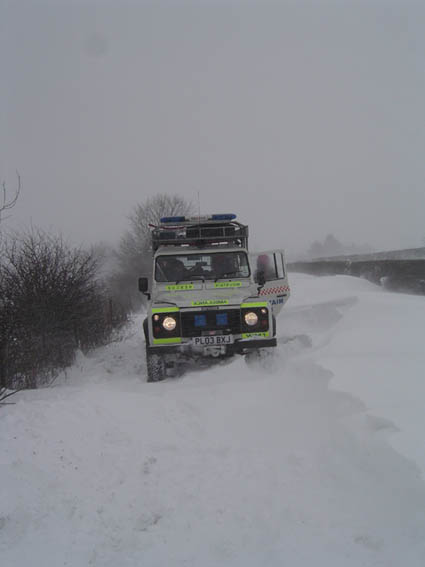
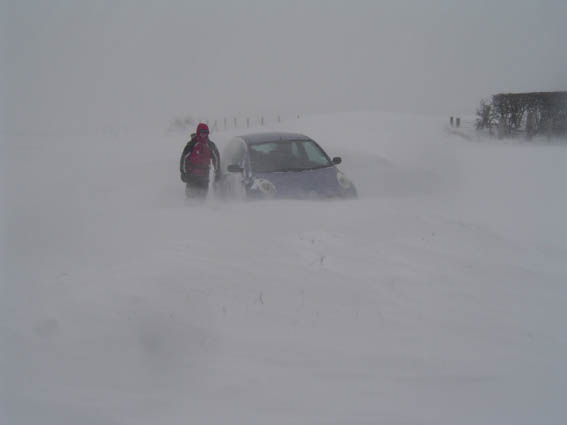
The above photographs are of the blizzards in Cumbria and Wasdale's assistance to the police who could not get to the incidents due to the severe arctic weather conditions. The photo on the right appeared in the Daily Express along with a good write up on the team's activity - also video footage was shown on ITN's Border TV. There was also coverage in BBC Look North
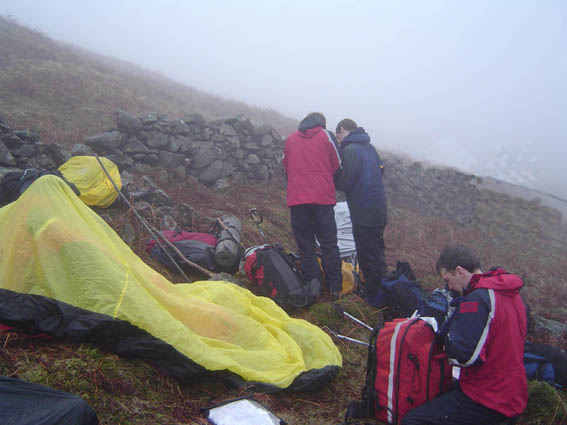
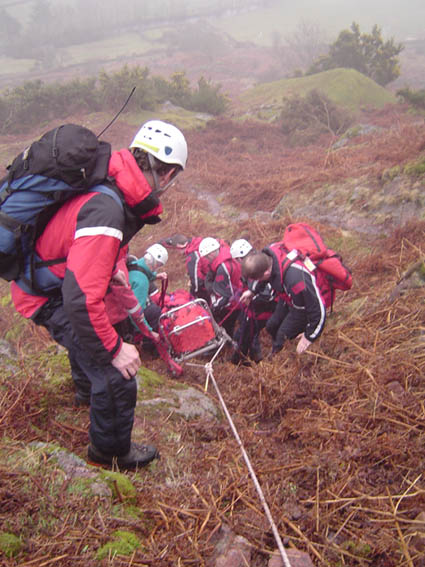
An incident in late March which didn't get into the papers but the photographs and video footage were available
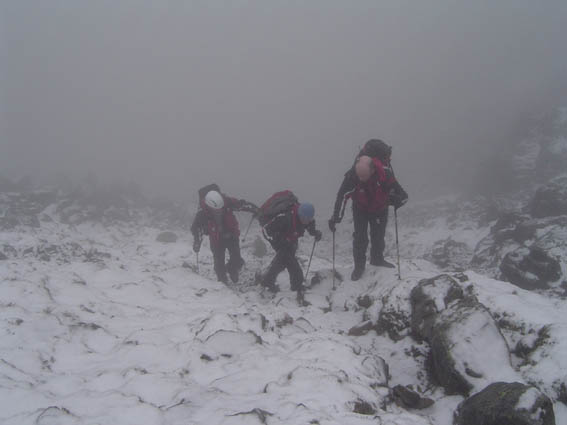
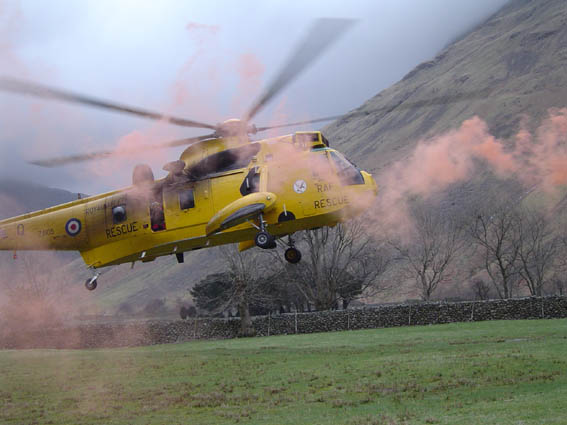
A tragic accident on Pillar where a missing walker's body was eventually found behind Pillar Rock after a grueling search of Scafell Pike, Broad Crag, Ill Crag, Great End, Great Gable and the Wasdale Valley. Both pictures appeared on local television
So what does a press release look like?
The media require their information as soon as possible after the incident. The team drafts its press releases during the rescue when there is a quiet moment in the control room back at Gosforth. It is then checked, modified if necessary and then emailed out to the various news agencies. This is usually followed up by the papers, local radio or TV contacting the team leader for additional information, pictures and possible telephone interview or piece to camera
How do we get the photographs:
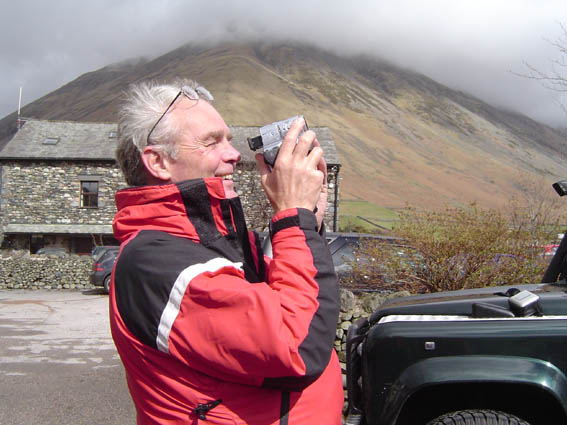
The face behind the photographs - a rare shot of the person who regularly snaps away in order to capture the moment - as a full active team member, photographing is always secondary to the rescue and it is therefore important that it does not interfere with the rescue in any way.
What are your Views?
I would welcome your personal views on the use of media to publicise our activities, increase public awareness and hopefully help fundraising - feel free to drop me a line now
Richard Warren - Wasdale MRT